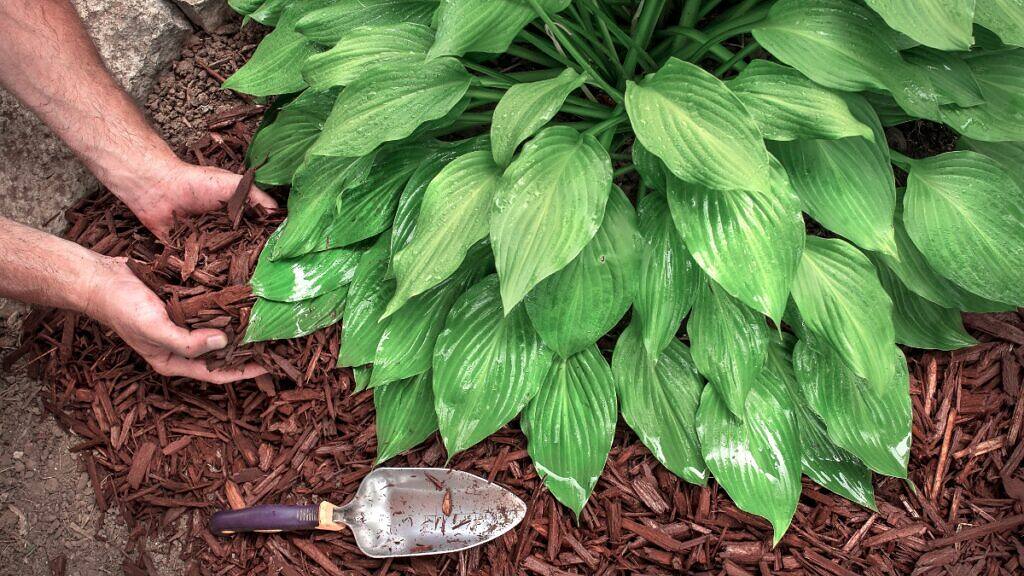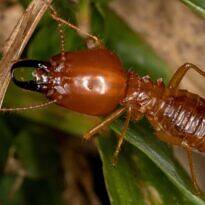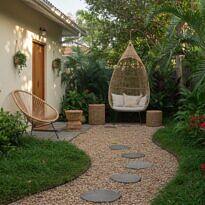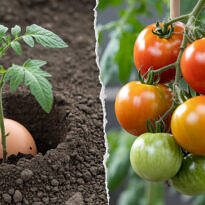When we contemplate the cultivation of plants, we often believe that merely watering and fertilizing will ensure success. While this approach may seem sufficient, there is a critical element that must be interposed between the soil and the plants to facilitate the flourishing of most cultivars – mulching. You might be pondering, “What exactly is mulching?” Allow me to elucidate: the term originates from English and signifies covering the soil with protective layers of dried, organic plant matter. The advantages of soil covering are so extensive that it is astonishing how many individuals remain unaware of its utility.
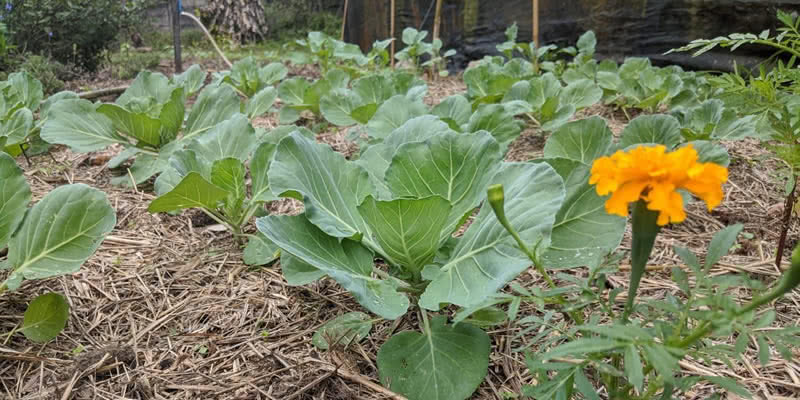
Mulching is a technique extensively employed in Permaculture, Agroforestry, and Agroecology for soil management on substantial properties. However, this technique is equally applicable in smaller spaces such as backyards, orchards, gardens, and pots. There are a few species that do not favor this covering, such as orchids and succulents.
Nature’s Lesson
Contemplate the forest floor. There is no one present to administer water, fertilizer, or soil cultivation. Nevertheless, equilibrium and perfect harmony prevail. The ecosystem inherently creates optimal conditions for the plants inhabiting it. Thanks to the vegetative covering, the forest soil is soft, well-drained, and teeming with microorganisms. Now, let’s contrast this with arid region soil. In such locales, the land is parched, barren, devoid of life, and lacking organic matter – an impoverished soil without mulching.
Exploring the Benefits of this Ecological Technique
- Prevents excessive water loss from the soil.
- Reduces the impact of heavy rainfall.
- Regulates the soil’s ambient temperature.
- Enriches the soil as it decomposes (acting as fertilizer).
- Enhances the performance of crops, whether edible or ornamental.
- Costs nothing.
- Provides a rustic and natural finish to your garden.
What Can Serve as Mulching Material?
To shield the soil, the rule of thumb is to use dry, plant-based materials, in small pieces, readily available near your home.
- Pine bark
- Wood chips
- Sawdust or wood shavings (chemical-free)
- Dehydrated moss
- Shredded or ground coconut fiber
- Rice straw (natural or carbonized)
- Hay
- Sugarcane bagasse
- Lawn clippings
- Shredded or broken dry leaves
- Crushed twigs and tree parts
- Dried seed pods
- Crushed peanut, chestnut, or walnut shells
- In the absence of natural materials, you can use paper or cardboard, or even old natural fabrics, as long as they aren’t tainted with paints or other substances toxic to soil and plants.

How and How Much to Cover the Soil?
The soil should be fully covered with mulch, whether in garden beds or pots – with a layer that varies from 2 to 5 cm in height, depending on soil conditions and the season. In summer, a thicker layer is advisable to prevent the rapid dehydration of plants, allowing the soil to retain more moisture and reduce the need for frequent watering. The covering also aids in controlling leaf-cutter ants (they favor exposed, degraded soil) and shields the garden from heavy rains.
During colder seasons, you can reduce the thickness of beds and pots, especially in damper regions where gardens are more prone to fungal issues. This approach prevents your garden from becoming a haven for slugs and snails.

When used correctly in conjunction with organic fertilization, mulching can revolutionize your garden! It ensures healthier and happier plants. Speaking of soil nutrition, Raquel Patro and I have created a comprehensive Organic Fertilization e-book! This free resource is packed with valuable insights to aid you in the natural management of your garden. Did you know that a well-nourished garden with protected soil is essential for preventing pest and disease attacks on plants? I’ll delve into this topic in an upcoming article. But first, tell me: Is your garden more like a forest floor or an arid landscape?

